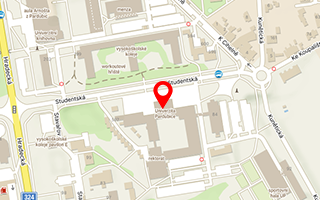Publikace detail
Matematické modelování procesů v organizaci
Autoři:
Bucháčková Pavla
Rok: 2004
Druh publikace: článek v odborném periodiku
Název zdroje: Scientific Papers of the University of Pardubice, Series B, The Jan Perner Transport Faculty
Název nakladatele: Univerzita Pardubice
Místo vydání: Pardubice
Strana od-do: 233-241
